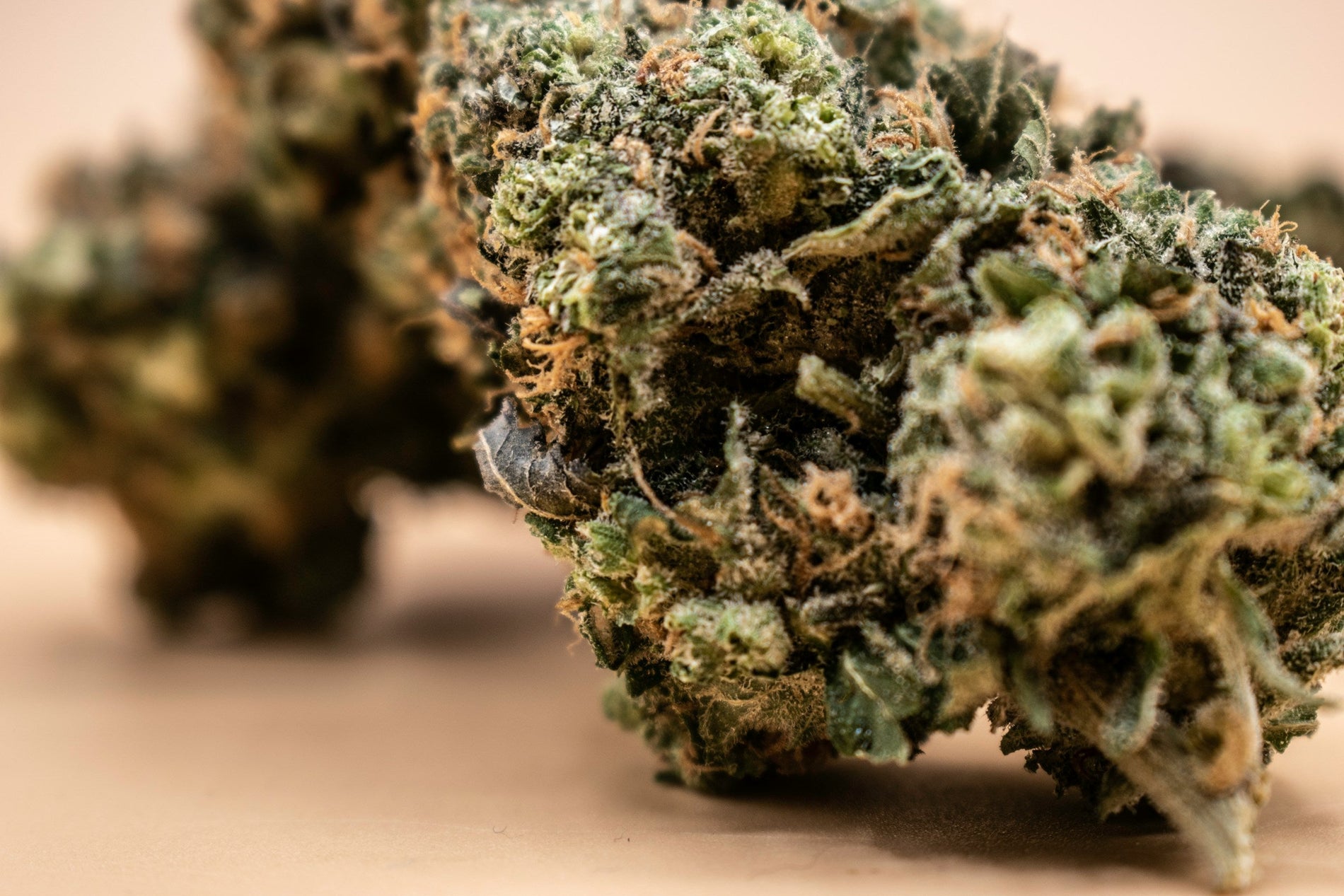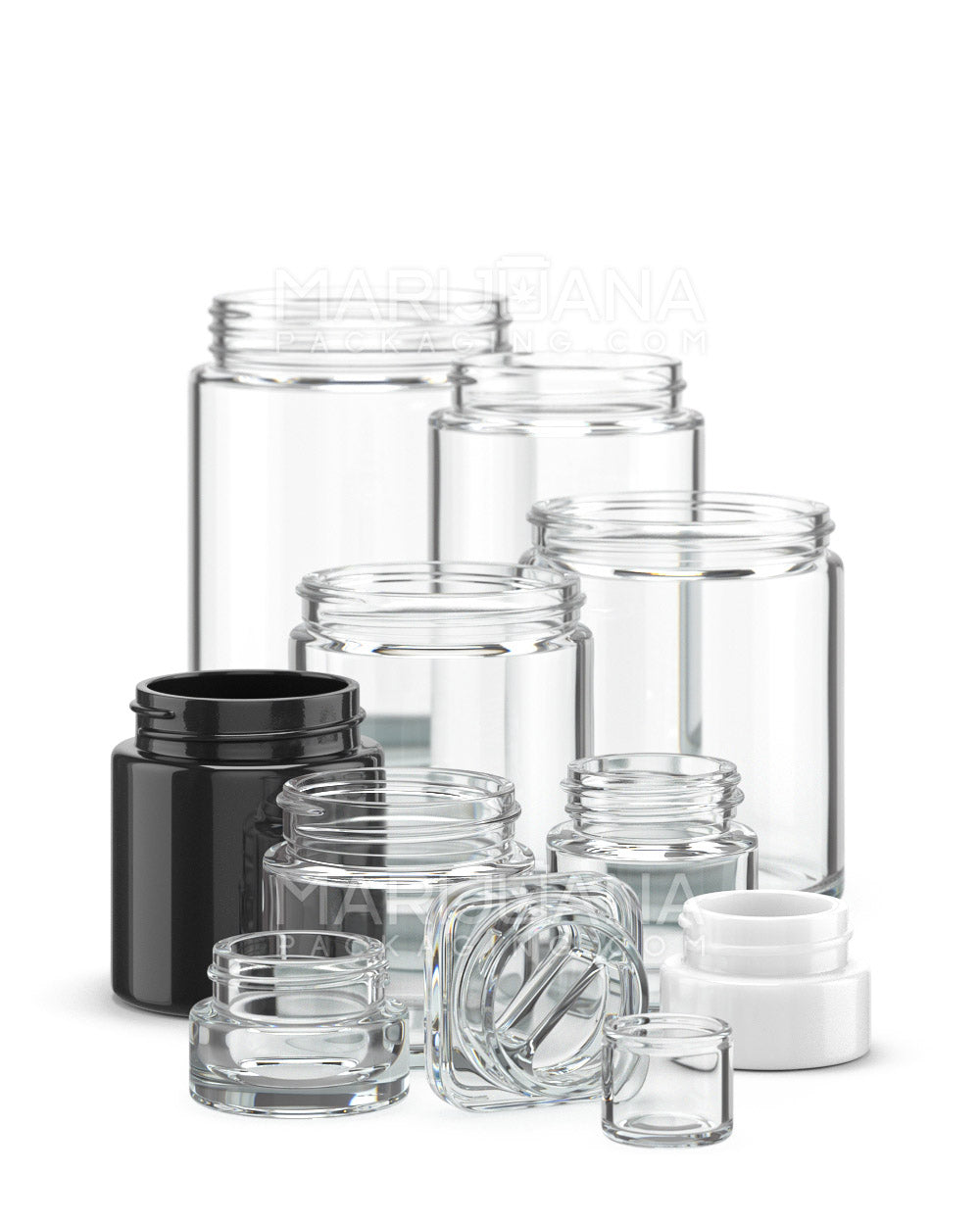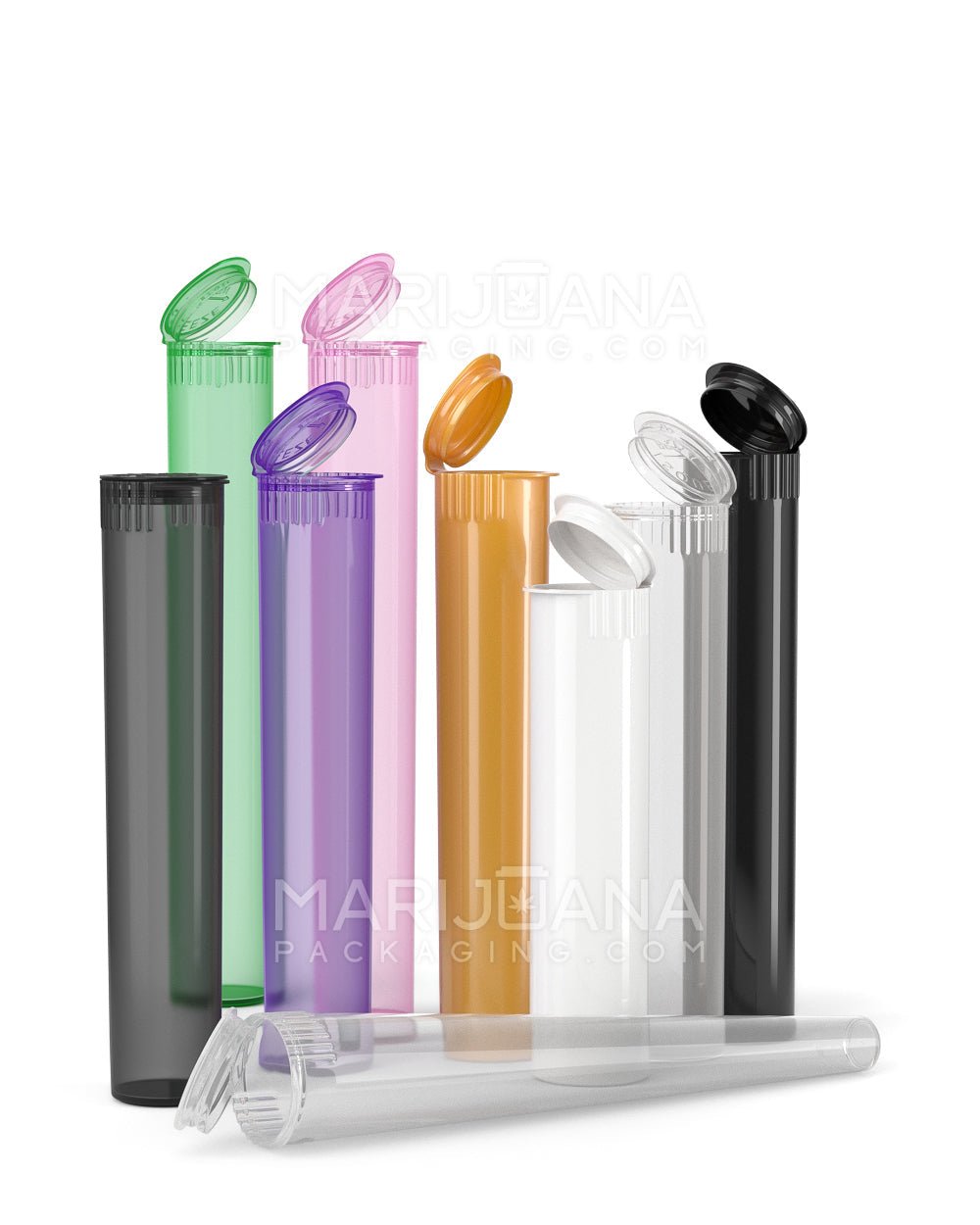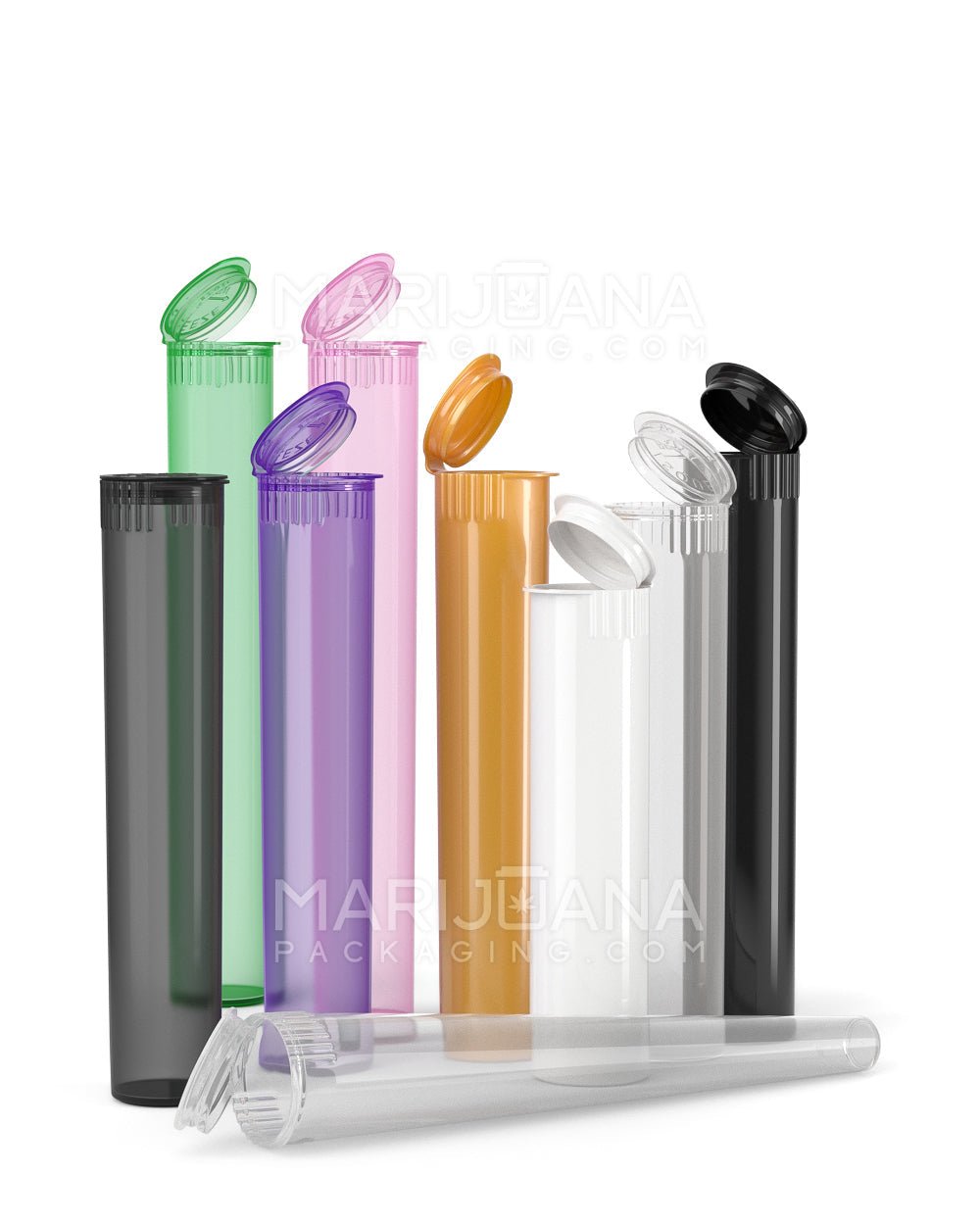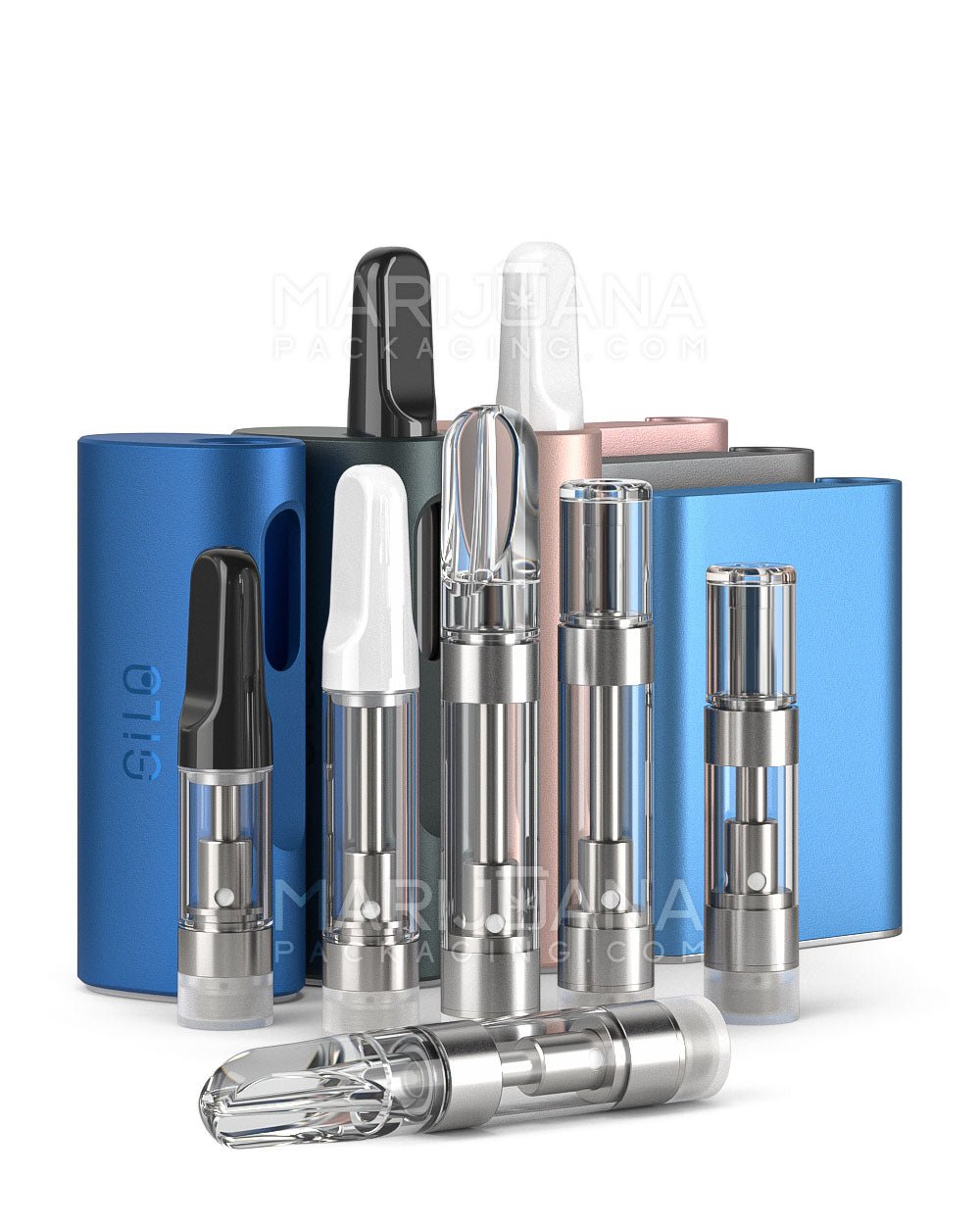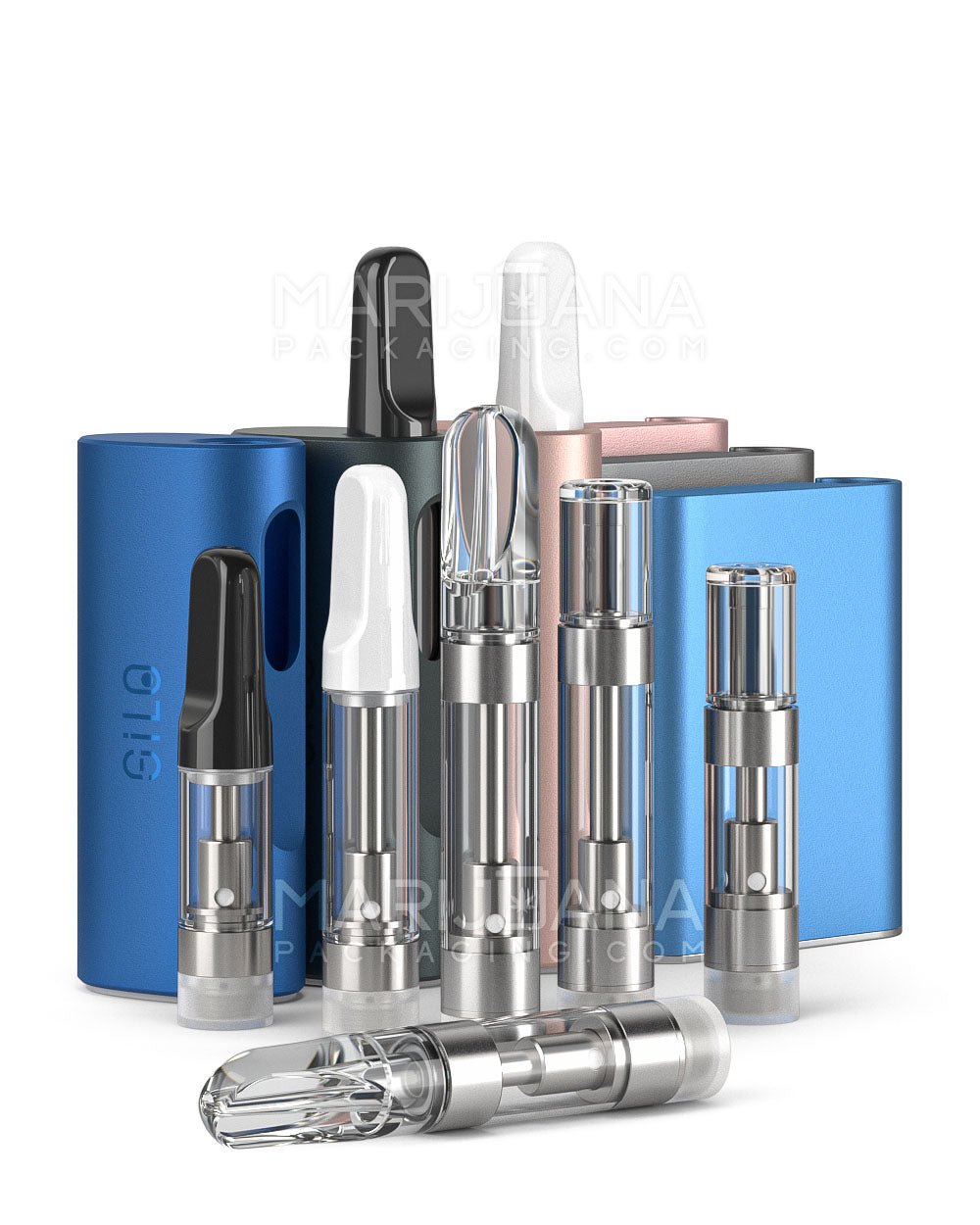Ever wondered what marijuana buds look like when they first start? If you're a budding cultivator or just curious about the growth cycle of cannabis plants, this is the perfect place to start. In the world of cannabis, understanding the early stages of bud development can be as exciting as unwrapping a gift. This stage is crucial for growers because it sets the tone for the rest of the plant's life cycle.
We'll explore the fascinating journey of marijuana buds from their inception. From identifying the first signs of budding to understanding the environmental factors that influence their development, we'll cover everything you need to know to recognize and nurture those tiny green gems.
Recognizing the First Signs of Budding
The journey of a marijuana plant from seedling to harvest is like watching a blockbuster movie unfold. The start of the budding phase, known as the flowering stage, is one of the most thrilling parts. So, how do you know when your plant is transitioning from vegetative growth to budding?
The first sign is a subtle change in growth patterns. During the vegetative stage, your plant focuses on growing tall and wide, with lots of leaves. When budding starts, you'll notice new growth at the nodes, where leaves meet the stem. This is where the magic begins. Small, hair-like structures known as pistils start to emerge, indicating the start of bud formation.
These pistils are often white and delicate, resembling tiny threads. They signal that your plant is gearing up to produce flowers. It's a good idea to keep a close eye on these early signs, as they help you determine the sex of your plant. Female plants produce the prized buds, while males do not.
What Young Buds Look Like
When marijuana buds first form, they don't look like the dense, sticky nuggets you might be familiar with. Instead, they're small clusters of pistils and calyxes. The calyxes are tiny, teardrop-shaped structures that form the base of the bud. As the plant matures, these will stack on top of each other, eventually forming the buds you harvest.
The initial color of these young buds is often a vibrant green, with a slight sheen from the plant's natural oils. As the budding phase progresses, you'll notice a gradual increase in size and density. The pistils may also change color, shifting from white to shades of orange, red, or brown, depending on the strain and growing conditions.
At this stage, your plant's aroma may start to develop. A faint scent might begin to fill the air, hinting at the terpenes that will characterize the mature buds. Each strain has its unique profile, so take note of the emerging scents.
Environmental Factors Affecting Bud Development
While watching your buds develop is fascinating, it's important to remember that environmental factors play a big role in their growth. Ideal conditions can make a significant difference in the size and quality of your harvest.
First, consider the light cycle. Marijuana plants require specific light patterns to transition from vegetative growth to flowering. During the early budding stage, most growers switch their light cycle to 12 hours of light and 12 hours of darkness. This simulates the natural light changes of late summer and fall, signaling the plant to start flowering.
Temperature and humidity also have a huge impact. During the budding stage, aim to keep temperatures between 65-80°F and humidity levels around 40-50%. This range helps prevent mold and mildew, which can damage young buds. Proper air circulation is equally important to keep the environment stable and prevent hot spots.
Finally, don't forget about nutrients. While your plant needs different nutrients during the vegetative stage, budding requires a shift in focus. Look for fertilizers high in phosphorus and potassium, as these elements support flower formation and growth.
Common Challenges and How to Overcome Them
Growing marijuana buds can be as challenging as it is rewarding. Just like any other plant, cannabis can face obstacles that threaten healthy development. Identifying these challenges early is key to ensuring a successful harvest.
One common issue is nutrient imbalance. Young buds are particularly sensitive to overfeeding or underfeeding. Keep an eye on your plant's leaves for signs of nutrient burn (yellowing tips) or deficiencies (discoloration or spots). Adjust your feeding schedule accordingly, and don't hesitate to flush your plants with water if you suspect a nutrient buildup.
Pests are another concern. Aphids, spider mites, and caterpillars are notorious for targeting marijuana plants. Regularly inspect your plants for signs of infestation, such as holes in leaves or webbing. Organic pesticides or beneficial insects like ladybugs can help keep these pests at bay.
Mold and mildew can also pose a threat, especially in humid environments. To prevent these issues, maintain proper air circulation and avoid overhead watering. If you spot moldy or mildewed buds, remove them immediately to prevent it from spreading to healthy parts of the plant.
When to Expect Buds to Start Forming
Timing is everything when it comes to cannabis cultivation. Knowing when to expect your buds to start forming can help you prepare for the next stages of growth. Generally, you can expect the budding phase to begin a few weeks after switching to a 12/12 light cycle.
For most strains, this transition occurs around 2-3 weeks into the flowering stage. However, the exact timing can vary based on the strain you're growing. Some indica strains might start budding earlier, while sativas might take a bit longer. Keep in mind that autoflowering strains don't rely on light cycles to trigger flowering, so they may start budding sooner.
It's important to remain patient during this time. While it can be tempting to rush the process, each strain has its own timeline. Keeping track of your plant's progress with a journal or calendar can help you anticipate the next stages of growth.
How to Support Young Buds for Optimal Growth
Once your marijuana buds start forming, you'll want to give them the best possible chance to grow into robust flowers. Supporting your plant during this time can lead to a more abundant and potent harvest.
First, consider using plant training techniques like topping or low-stress training (LST). These methods encourage your plant to grow more evenly, allowing light to reach all parts of the plant. This can lead to an increase in bud size and quality. Remember to be gentle when training your plants to avoid causing stress or damage.
Next, ensure your plants receive the right nutrients. As mentioned earlier, phosphorus and potassium are vital during the budding stage. Consider using bloom-specific fertilizers designed to support flower development. Be cautious not to overfeed, as excessive nutrients can harm your plants.
Watering is another crucial aspect. As your plant grows, its water needs will increase. Ensure the soil remains moist but not waterlogged. Overwatering can lead to root rot, while under-watering can stunt growth. A good rule of thumb is to water when the top inch of soil feels dry.
Differences Between Male and Female Bud Development
Understanding the differences between male and female marijuana plants is a fundamental part of cannabis cultivation. While male plants don't produce the smokable buds most are after, they play a role in breeding. Recognizing these differences early on is vital for growers.
Female plants are the ones that develop the resinous buds cannabis enthusiasts seek. As mentioned earlier, you'll notice pistils forming at the nodes, which will eventually swell into full buds. These plants focus their energy on producing flowers, which are rich in cannabinoids.
On the other hand, male plants produce pollen sacs instead of buds. These sacs resemble small, round balls and eventually open to release pollen. If you're growing for bud production, it's important to remove male plants to prevent pollination, which can lead to seed development in female buds.
If you're unsure about the sex of your plants, monitor them closely during the early stages of flowering. Identifying and removing males early can help protect your female plants and ensure a seedless harvest.
The Role of Strain Genetics in Bud Appearance
Strain genetics play a huge role in determining how your buds will look, smell, and even taste. Different strains produce unique characteristics that can be exciting to explore as your plant grows.
For instance, indica strains tend to produce dense, compact buds with a heavy resin coating. These plants are often shorter and bushier, making them ideal for indoor grows. On the other hand, sativa strains usually have larger, fluffier buds and taller, more spaced-out plants. These differences are a direct result of their genetic lineage.
Hybrid strains, which combine indica and sativa genetics, offer a mix of both traits. This can result in a wide variety of bud appearances, making each growing experience slightly unique. It's worth researching your chosen strain to understand what to expect in terms of bud development and growth patterns.
Additionally, genetics influence other factors like flowering time and resistance to pests. Choosing strains that align with your growing environment and goals can significantly impact your cultivation experience and final yield.
Final Thoughts
Watching marijuana buds grow from their first signs of life is an exciting and rewarding journey. From the initial appearance of pistils to the full development of dense, aromatic flowers, each stage offers its own set of challenges and rewards. By understanding the factors that influence bud growth, from environmental conditions to genetics, you're better equipped to nurture your plants to their full potential.
For those looking to take their cannabis growing and packaging to the next level, Gamut can be a valuable partner. With over a decade of expertise in packaging for consumer goods, Gamut offers a wide range of packaging solutions tailored to meet the specific needs of the cannabis industry. From jars and bags to tubes and containers, Gamut covers the entire spectrum of packaging solutions, ensuring your brand stands out in a crowded market.









